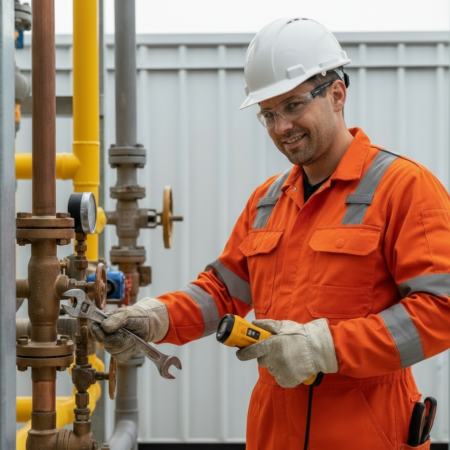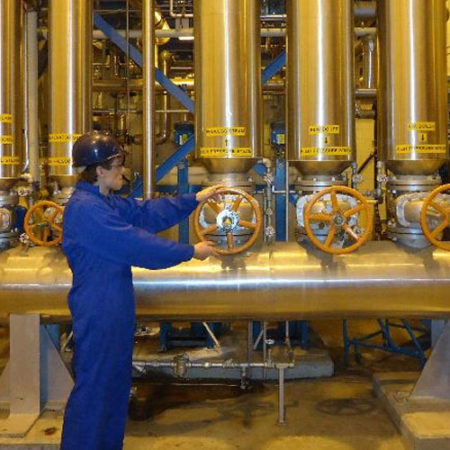Welder – Red Seal “Interprovincial” Certificate Preparation Course

|
|
This is a 10 week, 40 hour program preparation course designed for welders interested in taking the Ministry of Training Interprovincial Exam. There are no prerequisites to take the course, however it is a ministry requirement that welders have at least 6000 hours (3 years) work experience to be eligible to write the exam. A second requirement from the Ministry of Training is an all-position SMAW (stick) qualification from the CWB (Canadian Welding Bureau). Stanford International College has created this preparation course intended to ready welders for writing the multiple choice exam.
For detailed information, call our campus now!
Welding class projects will help you with the transition from welds to actual work. All Welding Technology tests are based on Canadian Welding Bureau (CWB) and Technical Standards and Safety Authority (TSSA).
Note: The Canadian Welding Bureau (CWB) requires testing in the following sequence: flat, horizontal, vertical and overhead.
Course Features
- Schedule 0
- Quizzes 0
- Category 3 hours
- Accreditation All level
- Articulations English
- Students 0
- Assessments Yes
Program Overview
Book 1
- Introduction to Welding Processes
- Electrical Principles
- Gas Tungsten Arc Welding (GTAW)
- Shielded Metal Arc Welding (SMAW)
- Gas Metal Arc Welding (GMAW)
- Flux Cored Arc Welding (FCAW)
- Submerged Arc Welding
Book 2
- Special Processes
- Brazing
- Electrodes
Book 3
- Engineering Drawings
- Basic Joints
- Math & Layout
- Welding Symbols
- Weld Quality & Examination Methods
- Metal Preparation
Book 4
- Metallurgy
- Residual Stress & Distortion
Admission Requirements
- There are no prerequisites to take the course, however it is a ministry requirement that welders have at least 6000 hours (3 years) work experience to be eligible to write the exam.
- A second requirement from the Ministry of Training is an all-position SMAW (stick) qualification from the CWB (Canadian Welding Bureau)
Please see Admissions for detailed information.
Welders operate welding equipment to weld ferrous and non-ferrous metals. They are employed by companies that manufacture structural steel and platework, boilers, heavy machinery, aircraft and ships and other metal products, and by welding contractors and welding shops, or they may be self-employed. (click here to see details)
Possible Careers NOC: 7237
- assembly line welder
- aviation welding technician
- brazing machine operator and setter
- electric arc welder
- flame cutter
- general welder
- grinder
- iron worker
- journeyman welder
- laser welding operator
- pipeline welder
- pressure vessel welder
- production welder
- soldering machine operator
- spot welder
- submerged arc welder
- welder-fitter
- welder fabricator
Common duties
- Read and analyze welding blueprints or specifications
- Using flux-cored arc welding (FCAW), gas metal arc welding (GMAW), gas tungsten arc welding (GTAW), oxy-acetylene welding (OAW), plasma arc welding (PAW), shielded metal arc welding (SMAW), resistance welding and submerged arc welding (SAW) to fuse metal parts with manual or semi-automatic welding equipment
- Using manual or semi-automatic flame-cutting, brazing, soldering equipment
- Using brakes, shears and other metal shaping machines
- Repair worn metal parts by welding extra layers
- Using welding machines such as spot, butt and seam resistance.
- Using gas and arc welding machines to repair metal parts
- Using brazing or soldering machines to connect metal parts or to fill holes and indentations.
- Start, end, adjust and monitor robotic welding production line
- Maintain and repair welding, brazing and soldering equipment
- Adjust welding heads and tools




